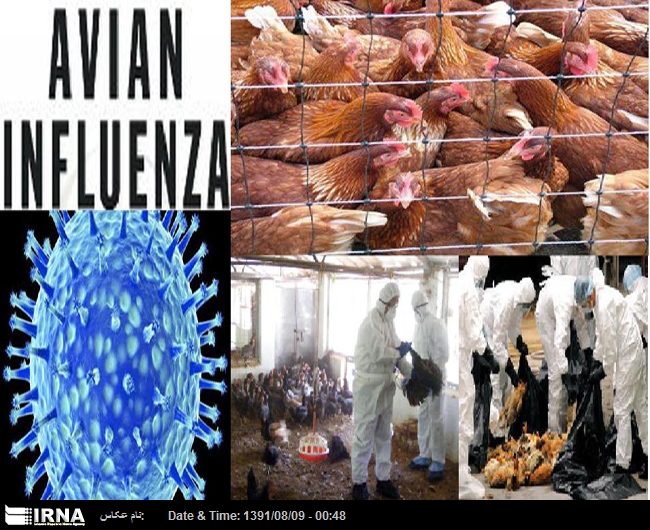As many as 120 chickens died Sunday and 86 chickens and 17 ducks on Saturday, pti reported quoting Animal Husbandry Secretary Arvind Ramachandra Jannu.
"All these dead birds were disposed as per the Government of India Action Plan. To know the cause of death, samples were collected from chicken and ducks and submitted to HSADL (High Security Animal Disease Laboratory), Bhopal and the report is awaited," Jannu said.
The central government had notified the outbreak of highly pathogenic avian influenza in turkeys at CPDO on October 25. Action has been initiated for control and eradication of avian influenza, he said.
Sanitisation activity in the turkey unit has started and till yesterday one shed was sanitised. Remaining sheds would be sanitised in coming days and disinfection procedures will be followed. Yesterday, 78 officers and staff were involved in the activity.
Sixty eight villages in the 10 km radius from the turkey unit of CPDO had been identified as a surveillance zone and disease surveillance process has been activated. Serum and cloacal samples have been collected and submitted for laboratory investigation, he said.
"There is no report of unusual mortality among the poultry and birds in the surveillance zone," Jannu said.
"Necessary direction has been issued to the authority concerned to close a school, located in CPDO, for 15 days," he added.
Influenza viruses circulating in animals pose threats to human health. Humans can become ill when infected with viruses from animal sources, such as avian influenza virus subtypes H5N1 and H9N2 and swine influenza virus subtypes H1N1 and H3N2. The primary risk factor for human infection appears to be direct or indirect exposure to infected live or dead animals or contaminated environments.
The first reports of bird flu in India came from the village of Nawapur in the Nandurbar district of Maharashtra on February 19, 2006. Villagers reported a large number of bird deaths in the village. Maharashtra State Animal Husbandry Ministry authorities rushed to the spot. Lab analysis proved that the poultry was indeed affected with the H5N1 virus.
Soon after the presence of the virus was confirmed culling operations began. 253,000 birds and 587,000 eggs were destroyed within 5 days. Villagers who were exhibiting flu-like symptoms were quarantined and kept under observation. Blood samples from 150 persons were sent to the National Institute of Virology, Pune for analysis. Movement of people into the area was strictly regulated and passenger trains were instructed not to halt at Nawapur. Governments of states which border Maharashtra banned the import of poultry from the latter. Some other state governments like those of Tamil Nadu and Jammu & Kashmir also introduced similar restrictions. The Government of India asked pharmaceutical companies like Cipla to manufacture anti-flu medication. The government also started stockpiling Tamiflu. The Indian Army was set on alert to aid in evacuation operations and drug-distribution measures.
2160**1422
Avian influenza in Bangalore, over 19,000 chicken to be culled: report
Oct 30, 2012, 9:39 AM
News ID:
80392889

New Delhi, Oct 30, IRNA - More than 19,000 chicken and 13,300 emu birds are to be culled at the Central Poultry Development Organisation at Hesaraghtta in Bangalore, capital city of Karnataka state, where avian influenza (H5N1) had claimed over 3,600 turkeys over the last fortnight, a top official said Monday.

